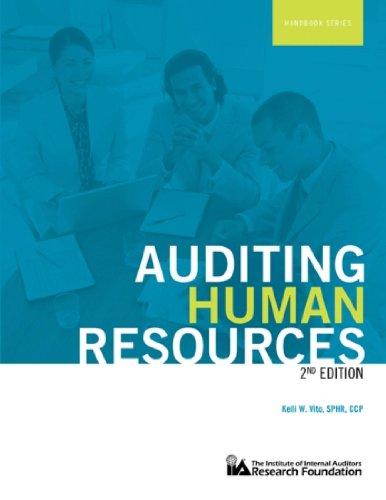


The following is the statement of comprehensive income of a farmer who commenced farming on 25 August 2018. Statement of comprehensive income Development expenditure: Dividends received from South African Companies fee for letting of machine Grazing fee interest received Livestock sales produce sales (wool & fruit) 6 000 9 600 21 000 1 920 831 000 114 220 New irrigation equipment Dams and boreholes Establishment of orchards New fencing Road-making Soil-erosion works Fertilizers and manures Food for livestock General farming expenses (all allowable) Interest payable Livestock purchases Repair of damaged fencing 25 000 12 360 13 600 3 420 15 340 7 500 5250 9360 13 960 6 340 34 200 3 900 2 980 21 556 Seeds Wages and rations Wear-and-tear and s 12B allowance (all allowable) Net profit 14 800 794 174 983 740 983 740 1) When he commenced farming, the executors of the estate of his late father handed over to him 1800 ewes, 200 rams and 400 lambs. The current market value of these animals at the date of his father's death was R650 000, and this was the fair market price on 25 August 2018. The standard value of this livestock would have been R12 800. 2) On 26 November he also received by way of donation from his uncle 600 ewes and 100 rams. At the date of donation, the fair market value of these animals was R200 000. The standard value would have been R4 200. 3) He has elected the standard values fixed by regulation. 4) During the year he, his wife and his family consumed produce at an estimated cost of R3 500. 5) 24 ewes and 12 rams were donated to charitable institutions during the year. These animals were acquired at a cost of R6 700, but at the date of donation their fair market value was R10 800. 6) At 28 February 2019 the numbers of livestock on hand were as follows: Ewes 1500 @ R6 Rams 250 @ R6 Lambs 400 @ R2 7) The estimated cost of production of wool and fruit on hand at 28 February 2019 was R9 100. Calculate the taxable income of the farmer for the year of assessment ended 28 February 2019. The following is the statement of comprehensive income of a farmer who commenced farming on 25 August 2018. Statement of comprehensive income Development expenditure: Dividends received from South African Companies fee for letting of machine Grazing fee interest received Livestock sales produce sales (wool & fruit) 6 000 9 600 21 000 1 920 831 000 114 220 New irrigation equipment Dams and boreholes Establishment of orchards New fencing Road-making Soil-erosion works Fertilizers and manures Food for livestock General farming expenses (all allowable) Interest payable Livestock purchases Repair of damaged fencing 25 000 12 360 13 600 3 420 15 340 7 500 5250 9360 13 960 6 340 34 200 3 900 2 980 21 556 Seeds Wages and rations Wear-and-tear and s 12B allowance (all allowable) Net profit 14 800 794 174 983 740 983 740 1) When he commenced farming, the executors of the estate of his late father handed over to him 1800 ewes, 200 rams and 400 lambs. The current market value of these animals at the date of his father's death was R650 000, and this was the fair market price on 25 August 2018. The standard value of this livestock would have been R12 800. 2) On 26 November he also received by way of donation from his uncle 600 ewes and 100 rams. At the date of donation, the fair market value of these animals was R200 000. The standard value would have been R4 200. 3) He has elected the standard values fixed by regulation. 4) During the year he, his wife and his family consumed produce at an estimated cost of R3 500. 5) 24 ewes and 12 rams were donated to charitable institutions during the year. These animals were acquired at a cost of R6 700, but at the date of donation their fair market value was R10 800. 6) At 28 February 2019 the numbers of livestock on hand were as follows: Ewes 1500 @ R6 Rams 250 @ R6 Lambs 400 @ R2 7) The estimated cost of production of wool and fruit on hand at 28 February 2019 was R9 100. Calculate the taxable income of the farmer for the year of assessment ended 28 February 2019









